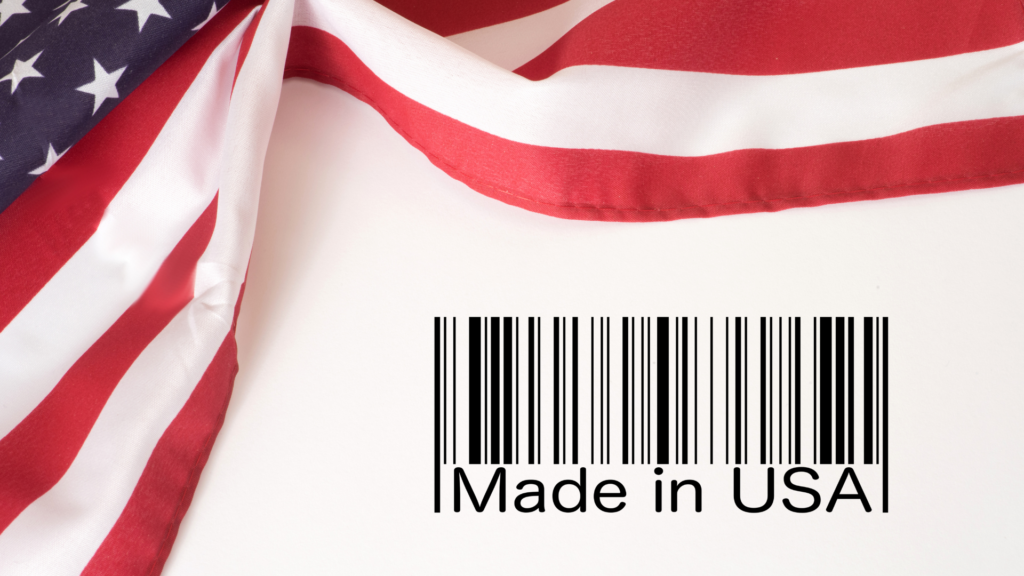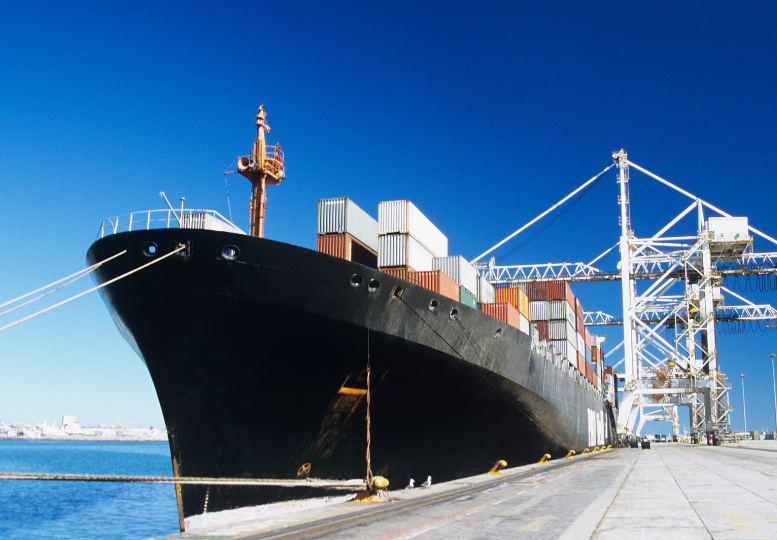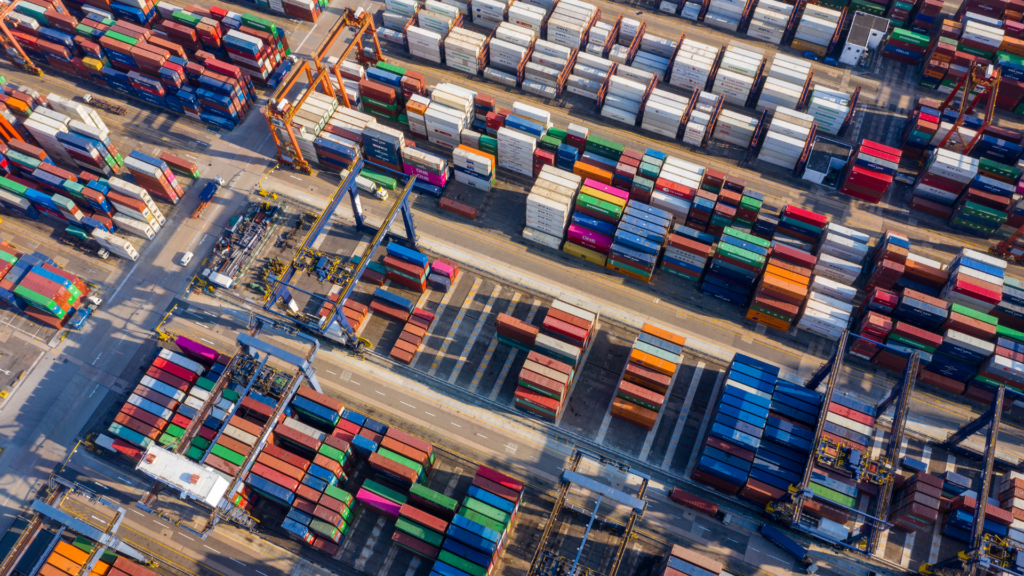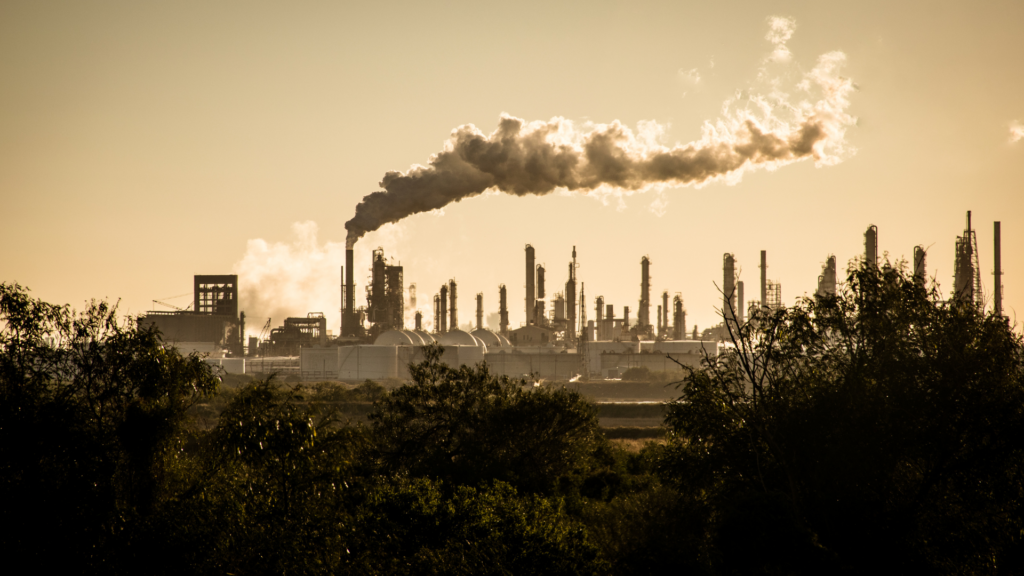Trans-Atlantic On The Decline
The “trans-Atlantic party is over,” according to Alphaliner. Slowing demand during the summer season leads to steadily declining rates.
For the past three years, rates from North Europe to North America skyrocketed, reaching $8,000 per FEU in the last quarter of 2022 – Xeneta now charts the rates at just $887 per FEU, which is well below pre-pandemic levels.
This change appears to be the inverse of last year’s cooling of the trans-Pacific and Asia-North Europe lanes, during which, the trans-Atlantic channel began to take on more tonnage.
US imports from North Europe have seen monthly declines since January, according to PIERS, with a reported 17% drop in year-over-year volumes for May and June. Mediterranean imports to the US have declined even further, with 21% and 24% drops in May and June, respectively.
Rates are down, but schedule reliability is up – data from Sea-Intelligence Maritime Analysis shows that on-time performance charts at 62.9% in June, which is more than double the punctuality of the same time last year during more congestion in the channel.
According to Maersk, there is ample capacity to accept customer volumes during the lull season. They’ve also extended booking windows from three weeks to five weeks in order to accommodate European holidays, giving cargo owners more time to plan shipments.
Adapting To Climate Change
Climate change is poised to create serious disruptions in shipping across transportation methods – from low water levels in the Rhine River and Panama Canal to wildfires and floods in Canada, volatile weather conditions are having tangible and financial consequences for shippers.
The Canadian National Railway (CN) is facing significant challenges this year, as wildfires rage on at 4 times the normal amount for a season.
However, CN is taking action – the addition of sprinkler systems to wooden structures and a firefighting train that blasts water from high-powered cannons are two solutions to mounting obstacles presented by climate change.
Further actions taken to offset the disruptions by climate change include limiting the number of ships allowed to pass through the Panama Canal by the Panama Canal Authority and increased inspections of heat hazards in manufacturing plants and farms by the US Department of Labor.
Governments are looking to establish deadlines for shipping companies to meet new reduced emissions standards in an effort to mitigate the effects of climate change long term, but for now, the industry will have to continue finding ways to adapt to climate-related events.

Made In America
Improving transparency, cutting red tape, and streamlining reporting requirements in the federal R&D process – these are the goals of a new executive order aimed at bolstering domestic manufacturing.
Issued on July 28, the EO includes directives to:
– direct the Department of Commerce to create contract terms agencies can use to simplify implementation and collect data on inventions and their manufacturing locations;
– encourage agencies to streamline reporting requirements, reducing the administrative workload for funding recipients and providing more consistent data on innovation and commercialization;
- direct most agencies to transition to a single reporting portal by the end of 2025;
- require agencies that make significant investments into R&D to make annual reports to the Made in America Director in the Office of Management and Budget on the usage and manufacturing location of inventions developed through their R&D awards; and
- modernize the use of the government reporting system (iEdison) to aid researchers, companies, and the public in better understanding the nation’s innovation landscape.
The EO also seeks to incentivize domestic manufacture of new inventions developed with federal funds, to promote further domestic production for critical industries, and to make the domestic manufacturing waiver process simpler, faster, and more consistent.



